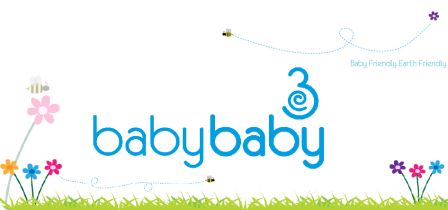
There is no such thing as a safe tan! Many people believe that slow tanning is safe or tanning without burning or worse still sun bed tanning is safe, this is untrue NO TAN IS SAFE! Even on a cloudy day the sun’s rays are still present and dangerous.
What are ‘sun rays’?
The sun is constantly giving off radiation through Ultra Violet (UV) Rays. Both ultra violet B (UVB) rays and ultra violet A (UVA) rays can cause skin cancer. UVB rays are more likely to cause burn but UVA rays are just as threatening to our skin. UVA and UVB damage the skins immunity.
UVA rays tend to be more responsible for photo ageing or sun damage resulting in premature ageing. UVA rays are responsible for triggering pigment in our skin i.e.: sun tan.
UVA rays are known as the silent killers because you don’t feel them; they penetrate the surface layer of the skin and into the lower layers known as the dermis. They then destroy the cells which are essential for good skin health. The damage is not immediately seen but as you grow older and the skin’s function becomes increasingly impaired is when we start to see the damage cause by the UVA rays. The damage you may see is in the form of uneven skin pigmentation (brown patches also known as age spots), wrinkles, solar keratosis (dry rough patches on the skin), loss of collagen and elastin in the skin. UVA penetrates through clear glass exposing you when you are driving and indoors.
UVB rays penetrate the top layer of the skin known as the epidermis. This damage is seen immediately in the form of sunburn. UVB is the most common cause of skin cancer. Sunburn continues to develop 12-24 hours after exposure to the sun.
UVB is essential for the manufacture of vitamin D which is essential to our health, which adds to the debate how much sun do we need to maintain good health and how much is too much?
Does a tan protect me from UV radiation?
Excessive sun exposure causes the skin to ‘thicken’ and ‘colour’ by increasing melanin production (melanin gives us skin colour). It is thought the increase in melanin absorbs UV radiation however, it is now known that melanin gives some protection against UVB rays but not UV A rays therefore you can not rely on a tan to protect you from sun damage.
Due to the hole in the ozone sun exposure has become an ever increasing problem. The ozone layer provided a natural filter from the harmful effects of UV radiation, with the ozone hole growing it is exposing us to the harmful radiation.
Most sun exposure that contributes to adult skin cancer occurs before the age of 18 years.
The price of a sunscreen does not equate to the cost of skin cancer.
Baby & Toddler Sunscreen
Adult Sunscreen
